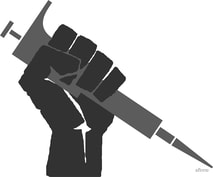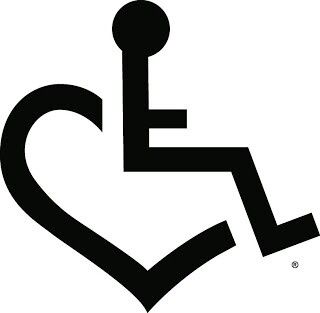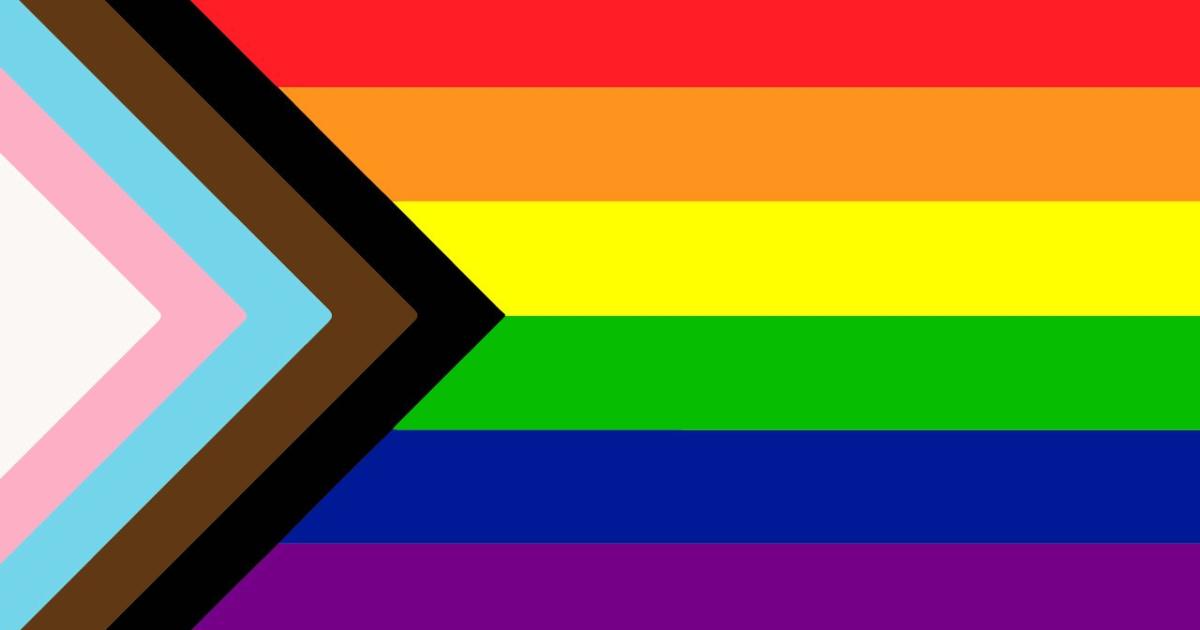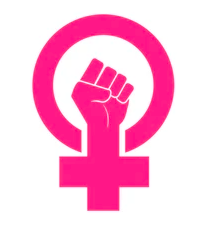Justice, equity, diversity, inclusion, sovereignty
In the Stevens lab, we build change-makers. We assemble a team of diverse of scientists to enhance the excellence of our science and to bring unique knowledge and perspectives to our work. We work diligently to create an equitable and inclusive space for people of all races, ethnicities, religions, gender identities, sexual orientations, disabilities, sovereignties, and socioeconomic backgrounds.
We do this because we realize that diversity is critical for producing our most innovative science, as it brings diverse viewpoints and experiences to our table. We find that each of us are most creative and engaged when we feel valued, stimulated, included, and celebrated. This is how we create our best selves and our best work. This is how we will develop technologies that enhance the health for not just some people, but for all people.
We also recognize the barriers and discrimination in science faced by many individuals historically excluded and intersectional identities. In particular, we recognize systemic racism and colonialism both broadly and within academia, and we fight to dismantle it.
We are intentionally building a scientific community that fosters inclusive excellence not only through education but also with action. Here are just some of the ways in which we act:
1. We bring our full selves to the table, and we embrace our widely varying lived experiences and identities. We are proud to be an extremely diverse team of scientists. The demographics of current or former trainees are: 76% women or non-binary, 35% underrepresented minority (Black/African American, Latin/Hispanic, and/or Indigenous), 19% LGBTQ+, 10% Disabled.
2. We require all of our lab members to self-educate on the racism and barriers faced by many in our community and society. We dedicate a lab meeting each quarter to these topics. We hold uncomfortable conversations when needed. This has brought us together as a group. We find that it is through discomfort that we grow. A list of reading, listening, and viewing is linked here (thank you to Susy Simmonds for building this list).
3. Dr. Stevens co-founded and co-leads a movement consisting of ~450 faculty in Bioengineering called BME UNITE. This movement is dedicated to dismantling racism in our bioengineering profession. One example of the type of work stemming from this community is our recent call to Fund Black scientists and founding of the Genentech Research Awards Program to offset racial funding disparity.
4. Many of us actively participate in various mentorship and outreach activities, both individually and together as a group. We find that this has built a sense of societal mission in our lab in addition to being a service to our community. Since we ourselves are a diverse group, we also use this as an opportunity to show those coming behind us that individuals who "look like them" excel in science.
5. With each manuscript that we write, we intentionally track our own citation demographics so that we can identify bias when it arises and hold ourselves accountable. We cite Black authors and other members of historically excluded racial and ethnic groups.
6. We use our time, any privilege each of us may have, and our own unique platforms to elevate diverse voices and call out racism and other injustices when we encounter them. Many of us actively use social media platforms such as Twitter (e.g., see @kellystevenslab) for this purpose.
7. We have both built and are actively involved in local organizations to promote JEDIS. We built a Slack channel and local community called “ISCRM UNITE” to promote diversity, equity, and inclusion in our local work environment. Through this community, we share anti-racism resources, discuss experiences and observations of racism and prejudice, listen to and amplify diverse voices, and organize action. Our work with ISCRM UNITE has led to everything from development of a new Research Opportunities for Undergraduates program at the Institute for Stem Cell and Regenerative Medicine, which brought several of us to UW for the first time, to creating educational flyers to elevate our workspace and communities collective understanding of racism and allyship. We have posted these around our building and rotate them routinely. Flyers created by Dennis Fer, Susy Simmonds, and Sarah Saxton with ISCRM UNITE.
Join us in our mission to build a scientific profession that understands that for our work to advance the health of all people, we as a profession must first include all people. We are stronger together.
We do this because we realize that diversity is critical for producing our most innovative science, as it brings diverse viewpoints and experiences to our table. We find that each of us are most creative and engaged when we feel valued, stimulated, included, and celebrated. This is how we create our best selves and our best work. This is how we will develop technologies that enhance the health for not just some people, but for all people.
We also recognize the barriers and discrimination in science faced by many individuals historically excluded and intersectional identities. In particular, we recognize systemic racism and colonialism both broadly and within academia, and we fight to dismantle it.
We are intentionally building a scientific community that fosters inclusive excellence not only through education but also with action. Here are just some of the ways in which we act:
1. We bring our full selves to the table, and we embrace our widely varying lived experiences and identities. We are proud to be an extremely diverse team of scientists. The demographics of current or former trainees are: 76% women or non-binary, 35% underrepresented minority (Black/African American, Latin/Hispanic, and/or Indigenous), 19% LGBTQ+, 10% Disabled.
2. We require all of our lab members to self-educate on the racism and barriers faced by many in our community and society. We dedicate a lab meeting each quarter to these topics. We hold uncomfortable conversations when needed. This has brought us together as a group. We find that it is through discomfort that we grow. A list of reading, listening, and viewing is linked here (thank you to Susy Simmonds for building this list).
3. Dr. Stevens co-founded and co-leads a movement consisting of ~450 faculty in Bioengineering called BME UNITE. This movement is dedicated to dismantling racism in our bioengineering profession. One example of the type of work stemming from this community is our recent call to Fund Black scientists and founding of the Genentech Research Awards Program to offset racial funding disparity.
4. Many of us actively participate in various mentorship and outreach activities, both individually and together as a group. We find that this has built a sense of societal mission in our lab in addition to being a service to our community. Since we ourselves are a diverse group, we also use this as an opportunity to show those coming behind us that individuals who "look like them" excel in science.
5. With each manuscript that we write, we intentionally track our own citation demographics so that we can identify bias when it arises and hold ourselves accountable. We cite Black authors and other members of historically excluded racial and ethnic groups.
6. We use our time, any privilege each of us may have, and our own unique platforms to elevate diverse voices and call out racism and other injustices when we encounter them. Many of us actively use social media platforms such as Twitter (e.g., see @kellystevenslab) for this purpose.
7. We have both built and are actively involved in local organizations to promote JEDIS. We built a Slack channel and local community called “ISCRM UNITE” to promote diversity, equity, and inclusion in our local work environment. Through this community, we share anti-racism resources, discuss experiences and observations of racism and prejudice, listen to and amplify diverse voices, and organize action. Our work with ISCRM UNITE has led to everything from development of a new Research Opportunities for Undergraduates program at the Institute for Stem Cell and Regenerative Medicine, which brought several of us to UW for the first time, to creating educational flyers to elevate our workspace and communities collective understanding of racism and allyship. We have posted these around our building and rotate them routinely. Flyers created by Dennis Fer, Susy Simmonds, and Sarah Saxton with ISCRM UNITE.
Join us in our mission to build a scientific profession that understands that for our work to advance the health of all people, we as a profession must first include all people. We are stronger together.




